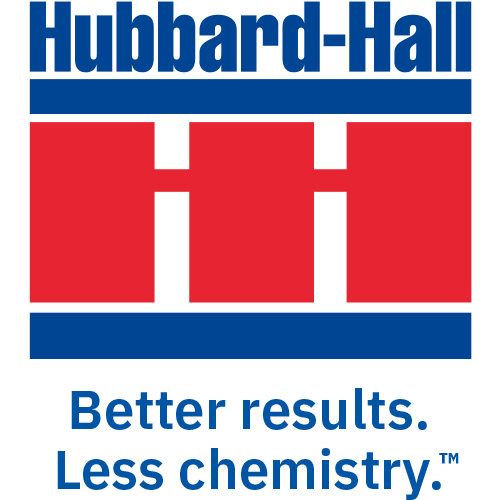Traditionally, paint stripping was conducted with methylene chloride or DCM, which is an excellent solvent that was prevalent across many industrial applications. As manufacturers began to learn more about the chemical’s toxicity and carcinogenicity, it quickly ran out of favor as safer alternative methods emerged. Organic paint strippers today are much safer and user-friendly. These products have high boiling points and lower volatility, releasing minimal vapors into the working environment and atmosphere. Lower exposure combined with reduced toxicity proved to be an effective trade-off in the industry as these products, containing a variety of high-temp solvents, were quickly adopted.
Organic strippers are particularly effective in applications where multiple metal substrates are being processed, and the concerns of adverse metallic reactions can be avoided due to the use of inert solvents. These products work by swelling and denaturing the paint layers, causing the paint to delaminate or lift from the surface as the interfacial adherence degrades. Since the paint is removed in sheets rather than dissolved, these applications are commonly accompanied by a filtration system to remove the solids as they build up and enable the solution to operate efficiently.
Aqueous strippers are the other class of paint stripping products; encompassing both acidic and caustic solutions, these products are water-based rather than solvent-based and used for several applications specific to the targeted paint needing to be removed or the substrate material. These products incorporate sulfonic organo-acids, making them far safer and less aggressive than traditional mineral acids. They are effective at cleaning materials such as aluminum that would otherwise be incompatible with caustic or alkaline products. Additionally, acidic stripping solutions are particularly effective in removing tenacious applications of CARC (chemical agent-resistant coatings) used in military applications.
When choosing the right product for your application, a thorough evaluation of variables should be considered to ensure your process is efficient and effective. In addition to substrate and paint material, we will also look at the upstream & downstream processes, existing or potential equipment requirements, and any EH&S considerations before determining which product brings the most success for your application.
Want to learn more? Listen to our podcast on this topic or request a tech consult.







Leave a Reply